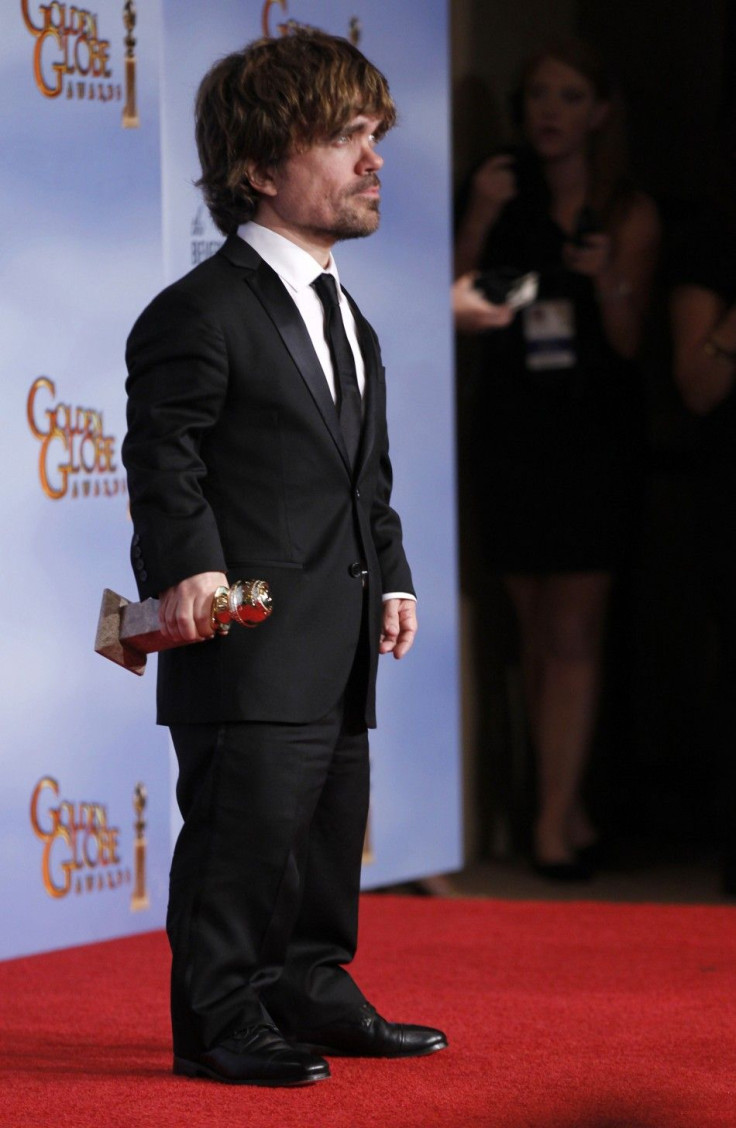Dwarf Tossing: The Genetics behind Dwarfism

Dwarf tossing, a barroom attraction where revelers throw padded-down dwarfs, got notoriety during the Golden Globes Sunday after actor Peter Dinklage mentioned British little person Martin Henderson who in October was picked up, dropped and severely injured in an attack outside a pub.
Henderson, who stands 4 foot 2 inches, suffered back and leg injuries from the incident and now uses crutches to get around and a wheelchair for longer trips.
However, the shout out of support during the acceptance speech from Dinklage, who won Best Supporting Actor in a TV Series for Game of Thrones, also shone a light not only on dwarf tossing, but on the genetic condition of dwarfism itself.
Dwarfism is defined as someone with an adult stature of less than 4 feet 10 inches, according to Little People of America, a non-profit advocacy group based in Tustin, Calif. The National Institutes of Health (NIH) defines dwarfism as someone 4 feet or under.
Over 200 genetic forms of of dwarfism exist, according NIH, which highlights about two dozen online (see list below).
Achondroplasia is one of the most common forms of dwarfism, which results in an average-sized trunk, shortened arms and legs and an enlarged head, according to the NIH.
Another common form of dwarfism includes diastrophic dysplasia that affects one in 110,000 births, according to Little People of America.
Dinklage and Henderson both have the achondroplasia version of dwarfism, caused by a mutation in the FGFR3 gene, a gene involved in the development and maintenance of bone and brain tissues.
The condition affects one in every 15,000 to 40,000 newborns and several clinics worldwide offer prenatal testing for the condition.
The condition doesn't just include a reduced stature, but a host of other health problems including apnea that affects breathing, obesity, bowed legs and in older individuals, back pain and difficulty walking, according to the NIH.
In some cases, dwarf parents can have a child of average height. How is that possible?
The answer lies in dominant genes, says Barry Starr, director of Stanford at The Tech, a program to help scientists effectively communicate with the public. Everyone has two copies of a gene -- one from your mother, and one from your father. These gene versions, also known as alleles, have a hierarchy in that one may be dominant over another.
Dwarfism typically comes from dominant alleles, for example, in the FGFR3 gene. If a person has the dwarf version and a normal version of the FGFR3 gene, they will become a dwarf.
In the case of children, if both dwarf parents have copies of the recessive gene, 25 percent of their children will get both copies of the recessive gene, which will result in a child with an average height.
Starr further states that in most cases, dwarfism is caused by unexpected mutations, so parents of dwarfed children need not be dwarfs themselves.
Two parents with dwarfism can have a child of average height because the parents are carriers of that trait, Starr writes.
In February, scientists uncovered the cause of primordial dwarfism, one of the most extreme forms that causes people to have their entire body reduced in size.
Primordial dwarfism results in some of the world's smallest people who measure as little as 1 meter (3 feet 3 inches). In the most extreme case, the world's shortest living woman, Jyoti Amge, measured 62 centimeters (2 feet) at the age of 18.
A research team at the Sussex Genome Damage and Stability Centre and the MRC Human Genetics Unit in Edinburgh found mutations in the gene ORC1, important in copying DNA, cause primordial dwarfism.
Genetic Forms of Dwarfism:
asphyxiating thoracic dystrophy
microcephalic osteodysplastic primordial dwarfism type II
platyspondylic lethal skeletal dysplasia, Torrance type
Schimke immuno-osseous dysplasia
spondyloepimetaphyseal dysplasia, Strudwick type
spondyloepiphyseal dysplasia congenita
Source: National Institutes of Health
© Copyright IBTimes 2024. All rights reserved.





















